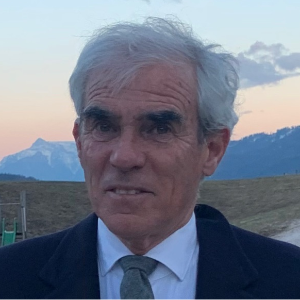Wildlife Conservation
Humans have a strong desire to save the environment. As the human population encroaches on their resources, wildlife conservation works to safeguard plant and animal species. Plant and animal species, as well as their habitats, are protected through wildlife conservation. Wildlife, as a component of the world's ecosystems, contributes to the balance and stability of natural processes. Wildlife conservation aims to ensure the survival of these species while also educating people on how-to live-in harmony with other species. Over the last 200 years, the human population has increased tremendously, reaching more than seven billion people now, and it continues to do so. This means that the world's natural resources are being depleted at a faster rate than ever before. The habitats and existence of numerous forms of wildlife around the world are also threatened by this growth and development, particularly animals and plants that may be displaced for land development or consumed for food or other human reasons.
- Behavior, And Physiology
- Biology and Ecology of Wildlife
- Demographics
- Genetics
- Management and Conservation Issue
- Movements
- Predator-Prey Relationships
- Reproduction
- Space-Use
- Viability
- Wildlife Habitat Use

Marco Polettini
DVM, Italy
Andreia Freitas
INIAV/REQUIMTE, Portugal
Andreia Freitas
INIAV/REQUIMTE, Portugal
Kedibone Gloria Kgosana
Sefako Makgatho Health Sciences University, South Africa
Nnenna Ugwu
Anglia Ruskin University, United Kingdom
Rubens Dias de Melo Junior
Universidade Federal de Goiás, BrazilSubmit your abstract Today
Important Alert:
X


Title : Analyzing veterinary medicine residues in food: A comprehensive guide
Andreia Freitas, INIAV/REQUIMTE, Portugal
Title : Quantifying changes in facial expression following hot-iron disbudding under procaine hydrochloride and meloxicam treatment in Holstein dairy calves
Nnenna Ugwu, Anglia Ruskin University, United Kingdom
Title : Trypanosoma vivax in and outside cattle blood: Parasitological, molecular, and serological detection, reservoir tissues, histopathological lesions, and vertical transmission evaluation
Rubens Dias de Melo Junior, Universidade Federal de Goiás, Brazil
Title : Characterization of porcine rotaviruses in the Czech Republic
Romana Moutelikova, Veterinary Research Institute, Czech Republic
Title : Determination of Circulating Foot-and-Mouth Disease Virus Serotypes in Kenya (2023)
Hellen Mutua, Foot and Mouth Disease National Reference Laboratories, Kenya
Title : Welfare for Amazonian wild animals
Eliane Cardoso Carvalho Moraes, Jungle Warfare Training Center/ Army, Brazil